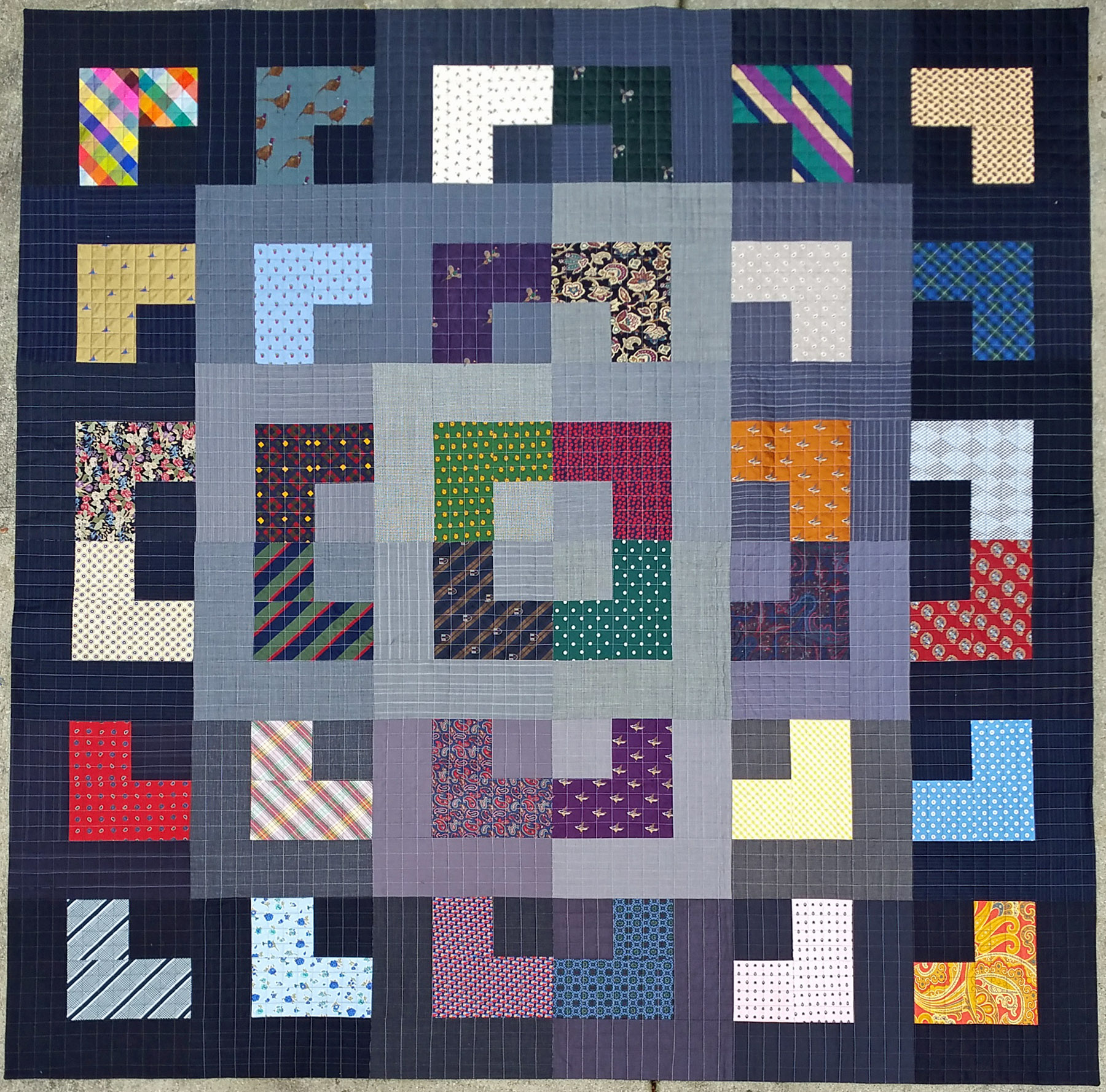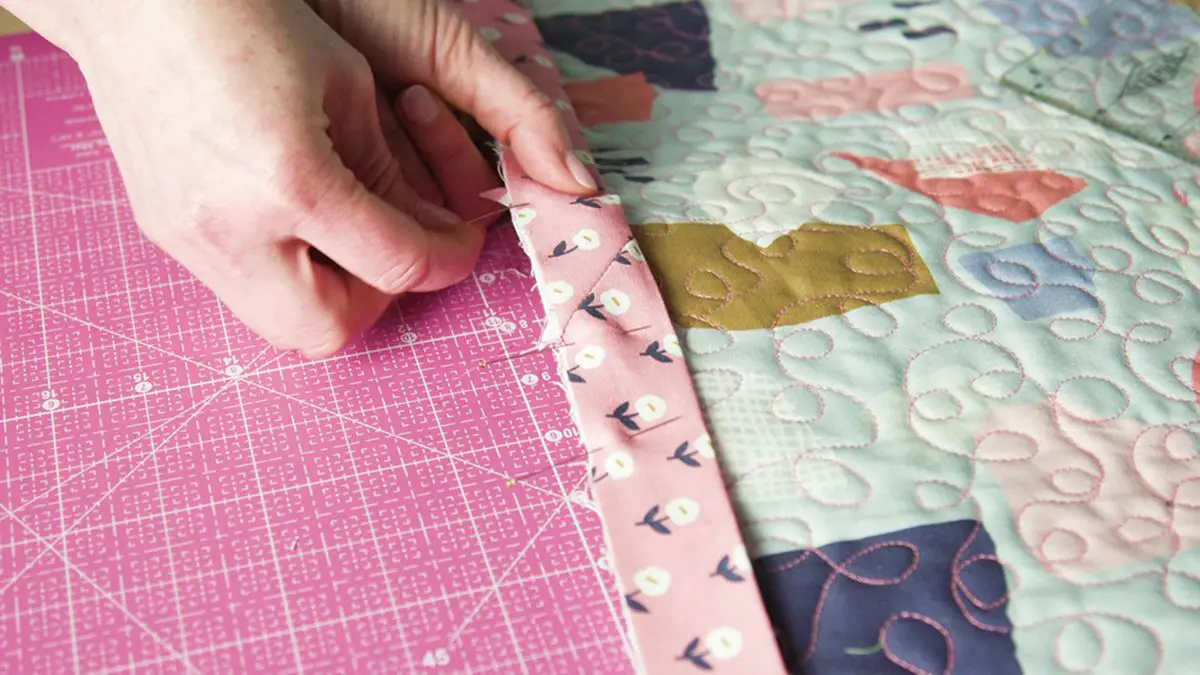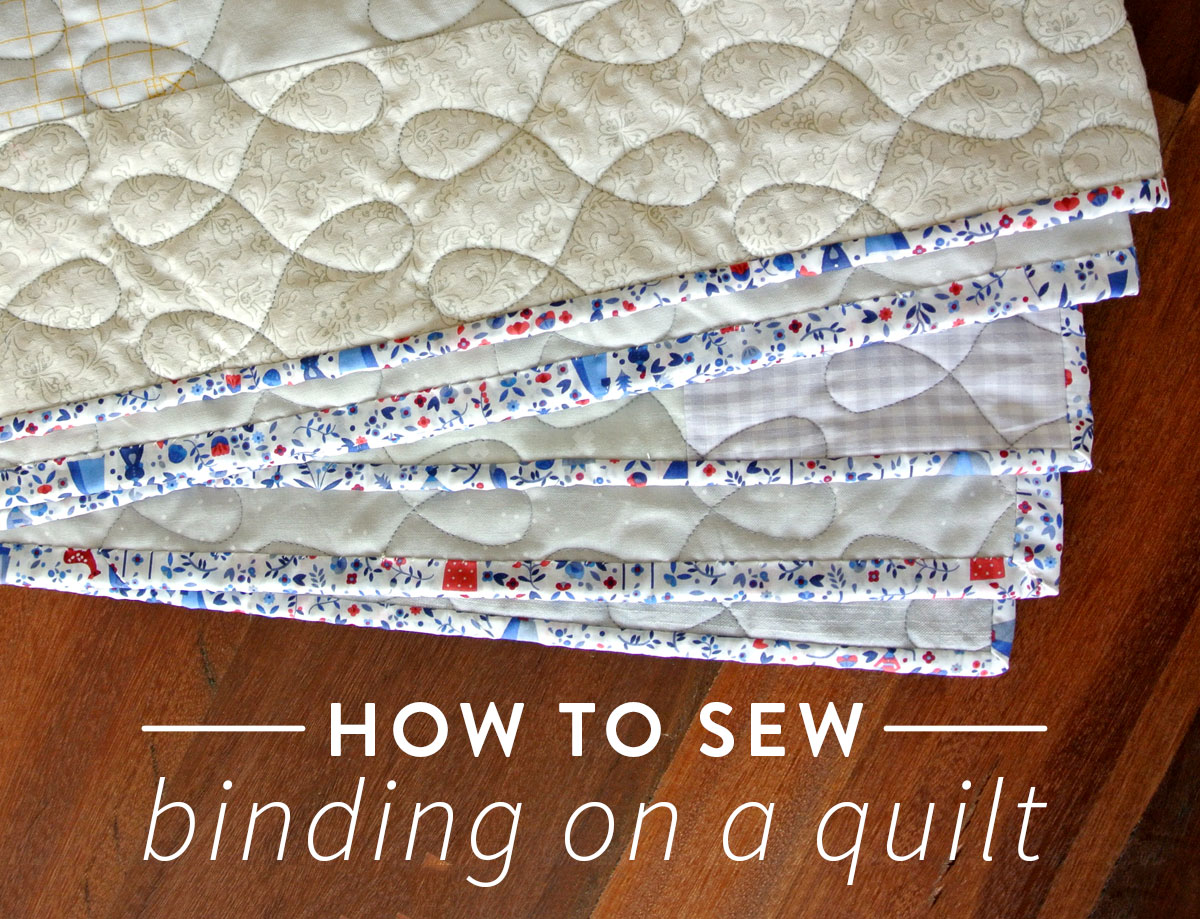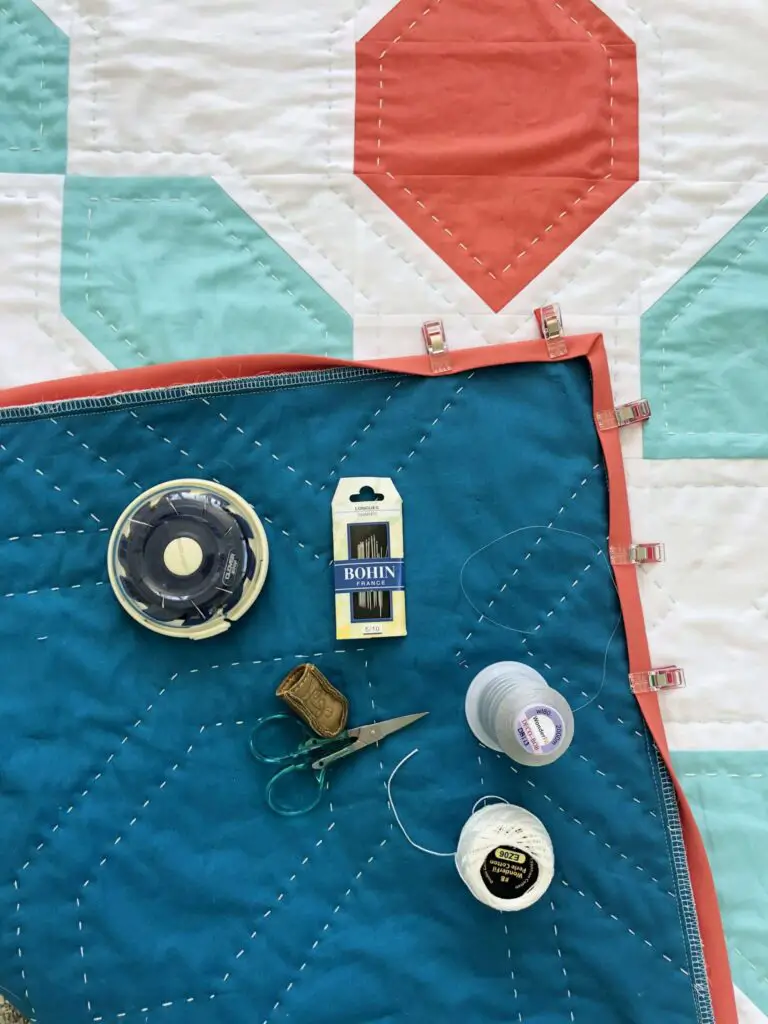Are you looking for an easy and time-tested way to finish your quilt? Hand binding a quilt is an age-old tradition that adds a beautiful and professional look to your quilt. In this article, we will provide a step-by-step guide to help you learn how to hand bind a quilt for a perfectly finished quilt. Follow along and you will be able to create a beautiful and durable quilt that will last for years.
Preparation

Materials Needed
Fabric – Choose a coordinating fabric that is strong enough to stand up to the wear and tear of washing and use. A quilting cotton is a great option. Batting – Batting provides the cushioning layer between the fabric and the backing. It is important to choose the right batting for your quilt. Thread – The thread should match the binding fabric and should be strong enough to hold the binding in place.
Measuring and Cutting the Binding Strips
Measure the quilt edges and calculate the total length of binding strips needed. Cut the binding strips 2.5 inches wide. Make sure all the strips are cut in the same direction to minimize bulk. Iron the strips in half lengthwise. Sew the strips together using a diagonal seam to form a continuous length of binding for the quilt. Now you are ready to follow this how to hand bind a quilt tutorial.
Attaching the Binding to the Quilt

Attaching the Corner Bindings
Start by folding the binding in half lengthwise and pressing the fold with an iron. Place the binding on the edge of the quilt and pin in place. Sew the binding to the quilt with a running stitch or a backstitch. Start sewing from the quilt’s edge and go slightly over the folded edge of the binding. Remove the pins as you go.
Attaching the Side Bindings
When you reach a corner, stop sewing and leave the needle in the fabric. Lift the presser foot and turn the quilt to sew the next side. As you reach the corner, match the raw edges of the binding and quilt together and fold the binding at a 45-degree angle. Pin in place and continue sewing the binding to the quilt. When you reach the starting point, overlap the binding at least 1/2-inch and pin in place.
Tips for Attaching the Binding
For a professional looking quilt, the stitches should be small and close together. Using the same thread for both quilting and binding will help to create a unified look. To ensure the binding stays securely attached, it is a good idea to use a slip stitch when hand sewing the binding to the quilt. This stitch is also known as an invisible stitch, as it is not seen from the right side of the quilt.
Sewing the Final Seam of the Binding

Best Stitch to Use When Hand Sewing Quilt Bindings
The best stitch to use when hand binding a quilt is the whip stitch. This stitch is easy to learn and provides a strong and secure hold for the binding. It is also a great stitch for beginners to learn as it doesn’t require any special tools or machines.
What is the Best Method for Hand Binding Quilts
The best method for hand binding quilts is to use the whip stitch to attach the binding to the quilt top. Start by inserting the needle at the back of the quilt, and then bring it up through the front of the quilt and the binding. Next, insert the needle at the back of the quilt just below the first stitch, and then bring it up through the front of the quilt and the binding. Repeat this process until the entire binding is attached to the quilt.
How to Sew the Final Seam on a Quilt Binding
Once the binding is attached to the quilt top, it’s time to sew the final seam. To do this, start by folding the binding over the edge of the quilt top and pinning it in place. Next, use the whip stitch to attach the binding to the back of the quilt. Be sure to keep the stitches small and even, as this will ensure a strong and secure hold for the binding. Once the final seam is complete, your quilt is ready to be enjoyed!
Using the whip stitch and following the steps above, you can easily hand bind a quilt. With some practice and patience, you will soon be able to complete this task with ease.
Finishing
How to Completely Hand Bind a Quilt
Hand binding a quilt is one of the most satisfying finishing techniques for quilters. It is a time consuming process that adds both durability and beauty to the quilt. The best method for hand binding a quilt is to use bias binding strips, either homemade or pre-made, and to attach them to the quilt with blind stitching.
Materials Needed
- Quilt
- Bias binding strips
- Needle
- Thread
How to Bind a Quilt Entirely by Hand
Step 1: Begin by prepping the quilt binding. Cut bias strips 2″ wide, joining strips as necessary, until the total length of the binding is equal to the perimeter of the quilt plus 12-15″. Press the seam allowances open, fold the strips in half lengthwise and press.
Step 2: Begin attaching the binding to the quilt. Start in the middle of one side and match the raw edges of the binding strip to the raw edge of the quilt. Pin the binding in place, leaving the folded edge of the binding extending beyond the quilt edge.
Step 3: Working from the back of the quilt, use a blind stitch to attach the binding to the quilt. To do this, take a small stitch in the folded edge of the binding, then bring the needle up through the binding and quilt top. Take a small stitch in the folded edge of the binding, then come back down through the quilt and binding. Continue in this manner until you reach the corner.
Step 4: At the corner, fold the binding up and away from the quilt, creating a 45 degree angle. Turn the quilt and continue attaching the binding in the same manner, working from the back of the quilt.
Step 5: When you reach the beginning of the binding, overlap the two ends by 1/4″ and pin in place. Trim any excess binding, then join the two ends of the binding together using a small whip stitch.
Step 6: Fold the binding over the quilt and press. With the binding laying flat against the quilt, attach the binding to the quilt using blind stitching.
By following these steps, quilters can hand bind a quilt entirely by hand, creating a secure and beautiful finish.
Frequently Asked Questions
What type of thread should I use for hand binding a quilt?
For hand binding a quilt, it is ideal to use a thread that is 100 percent cotton. Cotton thread is strong and durable, making it perfect for binding quilts, and it is also colorfast, meaning it will not fade over time. Additionally, cotton thread is smooth, so it will not damage the fabric of the quilt. It is also recommended to use a thread that is slightly thinner than the fabric of the quilt.
Is it possible to use a sewing machine to bind a quilt?
- Yes, it is possible to use a sewing machine to bind a quilt.
- Using a sewing machine to finish a quilt is a great way to save time and energy.
- The binding is typically stitched onto the quilt with a straight stitch, sometimes a zigzag stitch for added strength.
- The binding is then hand stitched to the back of the quilt, following the same stitching line on the top.
- It is important to be familiar with the types of stitches available on the sewing machine in order to achieve the desired look.
- The binding should be cut with a 45-degree angle to ensure a good fit and a professional look.
- If a quilt is larger than the bed size, it is best to use a walking foot attachment to avoid bunching of the fabric.
How Many Stitches Should I Use for Each Binding?
Use at least 8 stitches per inch when hand binding the quilt. Depending on the fabric, the stitches can be spaced closer together for a tighter stitch and better durability. For example, when binding a heavier fabric, use up to 12 stitches per inch. The stitches should be small and even, to ensure a strong and even binding.
What is the Best Way to Miter the Corners of the Binding?
To create a neat finish, miter the corners of the binding before attaching it to the quilt. Start by folding one side of the binding strip over the edge of the quilt at a 45-degree angle. Then, fold the adjacent side over at the same angle, creating an overlapping mitered corner. Secure in place with a few stitches. Repeat for each corner.
Can I bind a quilt with a single layer of fabric?
No, binding a quilt with a single layer of fabric is not recommended. A quilt needs two or more layers of fabric to be securely bound and it should be a thicker fabric. Binding a quilt with a single layer of fabric will not provide adequate support and the binding may come apart over time. It is best to use a thicker fabric such as cotton or wool for a secure binding.
Conclusion
Hand binding a quilt is an essential step to creating a perfectly finished quilt. With the right supplies, a few simple steps, and some practice, you can master this traditional technique and add a beautiful, handmade touch to your quilt.






